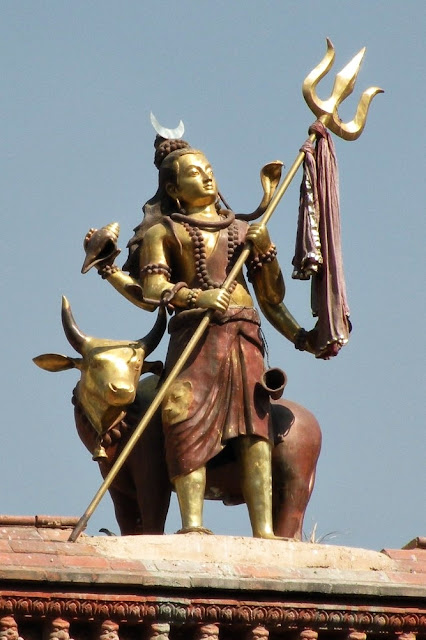 Ashanti Kente Cloth featured in "Measure of Earth: Textiles and Territory in West Africa", Gregg Museum of Art & Design
Ashanti Kente Cloth featured in "Measure of Earth: Textiles and Territory in West Africa", Gregg Museum of Art & Design
These colourful strip-woven cloths are the most recognizable of all African textiles. They are known by the name kente and their creators are the Ashanti, an ethnic group native to the Ashanti Region of modern-day Ghana. The term kente is not used by the Ashanti themselves, but may have come from the word kenten meaning "basket". It refers to the checkerboard appearance of the cloths. According to legend the first weaver learnt his skill by studying the way in which a spider - a symbol of treachery and wisdom in Ashanti folklore - spun its web.





